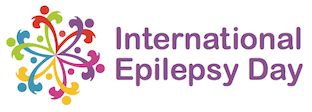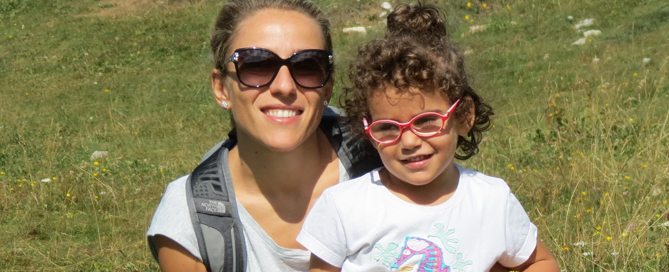How did I happen to become an epilepsy advocate? It was an irony of fate.
With a PhD in cellular and molecular biology, I began my career as a neuroscientist, tackling the potential implications of a certain gene in human epilepsy. Then I obtained a Master’s degree in economics and
decided that science management could be a good fit. Almost immediately I was recruited by a major Italian health foundation, created by the will of patients, which acts to advance biomedical research in the field of rare genetic diseases. I was a research manager there for many years and managed the Patient Support Office.
Then, in June 2011 my second child, at 20 months, was found to be affected by epilepsy and, eventually, reluctant to medication. Epilepsy was crossing my path again! Only now could I fully understand the complexity of this disease: recurrent and unpredictable seizures, several disabling comorbidities, social misconception and the constant fear of being left out of effective treatments.
Beatrice’s epilepsy is caused by a bilateral malformation of the occipital cortex. Although heavily medicated, she has at least two absence seizures a week that last several endless minutes and leave her asleep and exhausted for hours.
At six years she is still unable to talk and behave like other children her age. We do not know if we will ever be able to control the seizures and if those would change, improve or worsen, over time. No one can tell.
In spite of all I had learned during my professional path, the experience of a diseased child tested all my strength as a professional and as a mother. The step forward came when I met the mothers of the Italian Epilepsy Federation (FIE) and realized that I had become part of that community of people on whose behalf I had acted until then.
So, a year and a half ago I joined FIE as chief scientific officer. Although epilepsy might have erased many of my dreams, it might still provide a life changing opportunity for me and my family, and for the entire epilepsy community.

